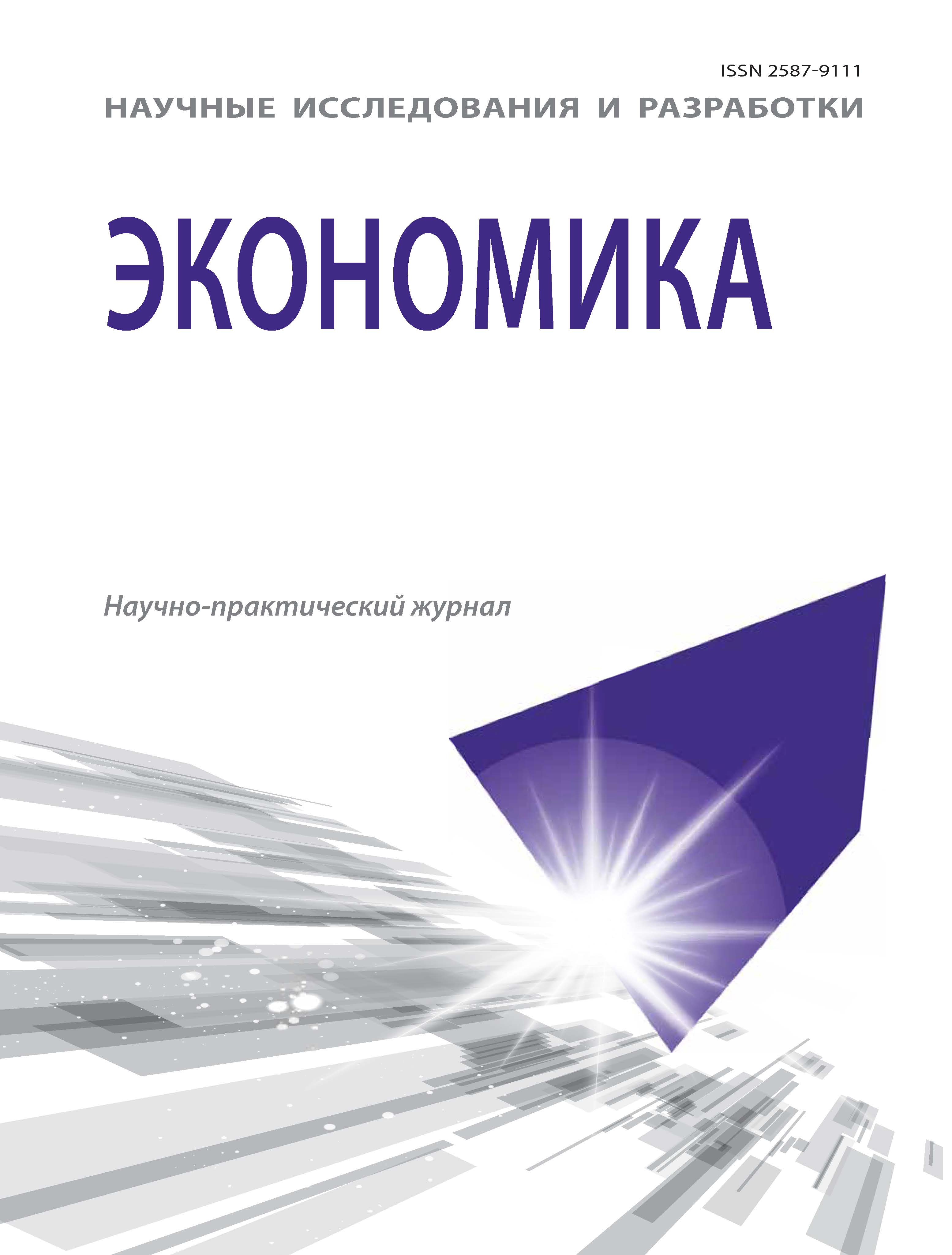Tula, Russian Federation
A technique based on Russia regions’ economic development analysis (on the example of human capital and labor productivity in the North Caucasian Federal District of Russia) by means of creation of econometric models related to labor productivity in regions of the North Caucasian Federal District of Russia has been realized. It has been shown that such a factor as an employed population’s education level is the important one in determining the labor productivity in the regions of the North Caucasian Federal District of Russia.
elasticity coefficients, regions, regression analysis, labor productivityelasticity on education level, North Caucasian Federal District.
Северо-Кавказский федеральный округ (СКФО) по своему экономико-географическому положению имеет важное стратегическое значение для Российской Федерации. Территория СКФО наряду с территорией Южного федерального округа России служит связующим звеном с государствами Закавказья.
Развитие регионов СКФО осуществляется за счет ресурсно-сырьевой базы. На данной территории наблюдаются снижение природно-ресурсного потенциала, а также сильная неоднородность экономического пространства. Так, по производству валового регионального продукта на душу населения субъекты СКФО различаются в 2,4 раза (табл. 1), по стоимости основных фондов на душу населения — в 2,9 раза (табл. 2) [11].
Для экономического развития экономики СКФО России необходимо решить задачи по модернизации хозяйственной структуры, преимущественно за счет внедрения инноваций и поиска ресурсов для реализации этих целей. Модернизация промышленности СКФО направлена на формирование наукоемкого промышленного потенциала, обеспечивающего высокие конкурентные позиции на внутреннем и внешнем рынках.
1. Becker Gary S. Human Capital: A Theoretical and Empirical Analysis, with Special Reference to Education. 3rd Edition. University Of Chicago Press, 1994.
2. Sheehan John. The Economics of Education. Routledge Chapman & Hall, 2012.
3. Checchi D. The Economics of Education: Human Capital, Family Background. Cambridge University Press, 2008.
4. Economics of Education. Edited by Dominic J. Brewer and Patrick J. McEwan. Elsevier, 2010.
5. Guisan M.-C. Wages, productivity and human capital in the European Union: econometric models and comparison with the USA 1985-2005. Applied Econometrics and International Development. Vol. 7-1. 2007. Available at: http://www.usc.es/~economet/reviews/aeid714.pdf
6. Balykhin G.A. Managing the development of education: Org.-Econ. aspect. Moscow, Economics Publ., 2003. 428 p.
7. Basovskaya E., Basovskiy L. Russian Regions’ Economy Research: Econometric Approach. Nauchnye issledovaniya i razrabotki. Ekonomika [Research and Development. Economics]. 2014. V. 2, I. 2, pp. 13-17. DOI:https://doi.org/10.12737/3648 (in Russian)
8. Komarova A. Human capital and labor productivity in modern Russia. Nauchnye issledovaniya i razrabotki. Ekonomika [Research and Development. Economics]. 2013. V. 1, I. 3, pp. 19-23. DOI:https://doi.org/10.12737/688 (in Russian)
9. Komarovа A.S. The role of human capital in increasing productivity in Russia. News Tula State University. Economic and legal sciences. Vol. 5. Part 1. 2013. pp 160-165.
10. Koritskii A.V. Human capital as a factor of economic development of the regions of Russia. Saarbrucken: Lambert Academic Publisching, 2011. (in Russian)
11. Regions of Russia. Socio-economic indicators. Moscow, Rosstat Publ., 2004, 2005, 2006, 2007, 2008, 2009, 2010. (in Russian)






